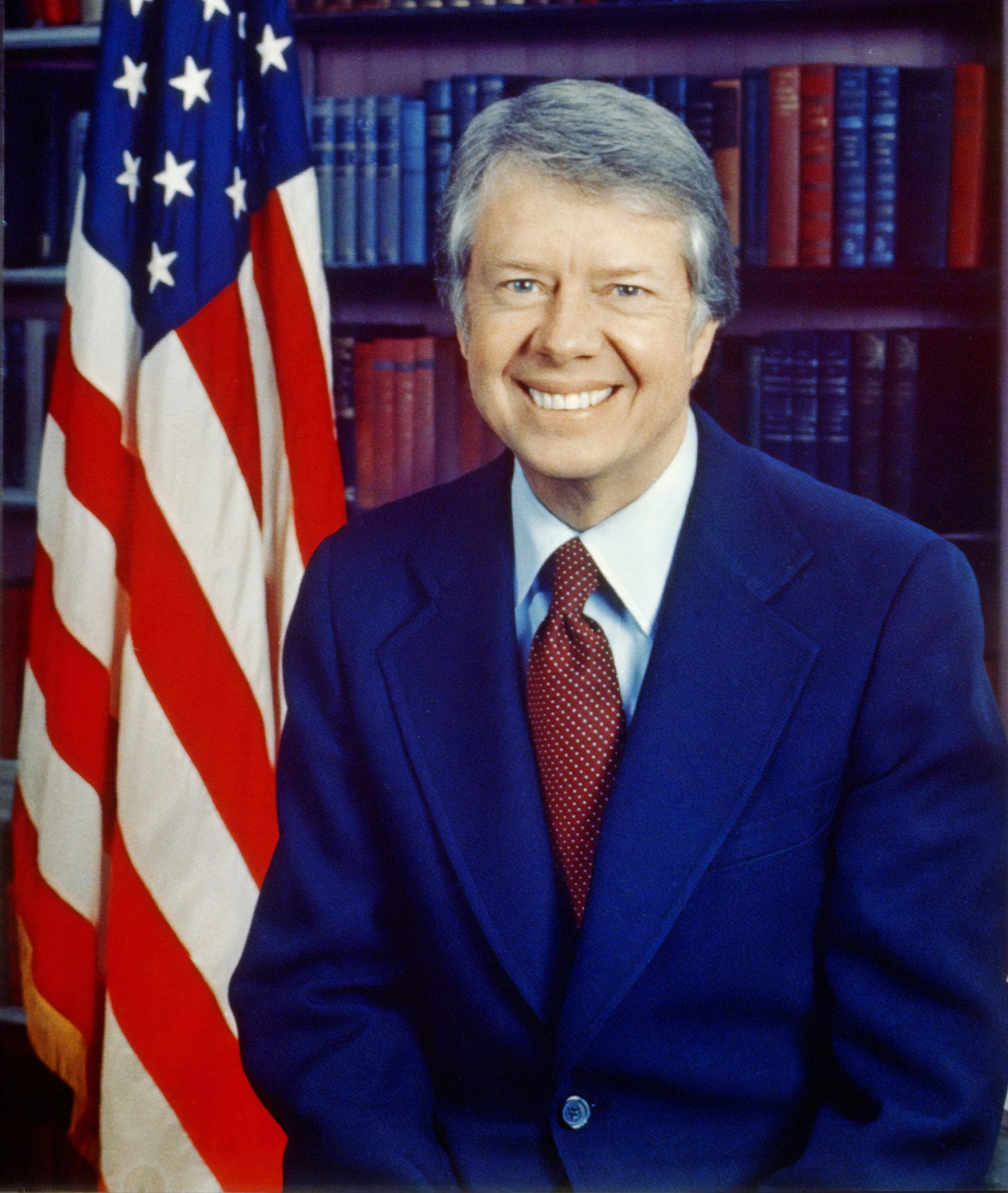Thanks, Jimmy.
Again. And now, farewell.
President Jimmy Carter entered hospice care on February 18, 2023. Which means, on the day I started writing these thoughts, that he had been served by a hospice agency for fifteen days. The former president may die before I post this piece and/or before any reader reads it. Nonetheless, in his own quiet way, the one-time nuclear submarine engineer, peanut farmer, governor, president, and long-time husband of Rosalyn Carter, has provided another wonderful example of how to live.
And, even more, how to die.
I decided, with a few revisions, to again post this musing about the former president. Now we know how long he was cared for within a hospice setting: nearly two years.
When first learning of Carter’s decision on February 18, I selfishly hoped that he would not breathe his last within hours or a few days of becoming a hospice patient. After all,
Most patients do not enroll in hospice until their time of death draws near. According to a study that was published in the Journal of Palliative Medicine, roughly half of patients who enrolled in hospice died within three weeks, while 35.7 percent died within one week.
35.7%. Within one week. And in my experience, there are dying patients who enter and “leave” hospice care in less than twenty-fours.
In November of 2023, Rosalyn Carter would enter into hospice. Now we know she would be among the 35.7% who die within a week. Literally to their final breaths, the Carters served as examples, bookends if you will, to the brevity and the open-ended length of hospice’s end-of-life support.
Would the former president be among the hospice patients that spend their final days dealing with chaos, pain, and hurried (or nonexistent) goodbyes to their loved ones? Based on statistics that have been fairly constant over the decades, that’s what happens to many—35.7%—who enter hospice on the verge of death. People wait too long. Families resist hospice’s care because they desperately search for another, and another, cure. Some physicians remain hesitant to discuss any form of palliative care with patients facing end-of-life decisions. A grim mix of procrastination, magical thinking, and ignorance leads to that startling 35.7% statistic.
Two weeks (and nearly two years*) after entering hospice, the former president lived on. By all accounts, whatever pain he had was under control. By all accounts, his family was able to spend time with him. By all accounts, his choice of staying home for comfort care represented a simple and successful decision.
President Jimmy Carter (in office, 1977-1981) will never be considered among the greatest or the worst of our country’s Commander-in-Chiefs. Though the passage of time has given more positive marks to his accomplishments while in the Oval Office, I doubt that he will be viewed as anything more than an “average” president. Never in the top ten; never in the bottom ten.
But I could easily argue that his post-presidency has been the most successful ever! Habitat for Humanity. Advocating for fair elections across the globe. Teaching Sunday school. Writing books. The Nobel Peace Prize. And on and on and on . . .
And now, hospice.
Jimmy Carter has given us one more gentle, powerful example about making the best choice for himself and for his family.
Thousands of people enter hospice care every week. Unless they are part of “my” family, I don’t know about them. When someone like the thirty-ninth President of the United States chooses to be served by a hospice, all of us know. I truly give thanks that Jimmy Carter did not join the 35.7% of those dying within a week or less. I wonder how many people volunteered time or money or both with Habitat for Humanity because of a former president’s work? I wonder how many people, who voted a president out of office back in 1980, came to admire the man from Plains, Georgia? I wonder how many people read one of Carter’s books and sat in one of his Sunday school classes and learned something new?
And I wonder how many, as they deal with the tough decisions around a dying loved one, will remember Jimmy Carter’s decision to focus on living?
++++++++++
Photo by Library of Congress on Unsplash
My book, A Companion for the Hospice Journey is available at Amazon.
*Last night, I shared dinner with a friend who is aware of my years of ministry in hospice, and who is a thoughtful, knowledgeable, and wonderfully curious person. When we discussed President Carter’s death, he said something like, “Isn’t hospice care only for a maximum of six months?” Even knowing that the 39th president had been in hospice for far longer than six months, and having heard me talk about my work, my friend still expressed one of the most common misconceptions. Yes, most in hospice die well before six months. But as long as a patient is deemed “hospice appropriate,” the care continues.

